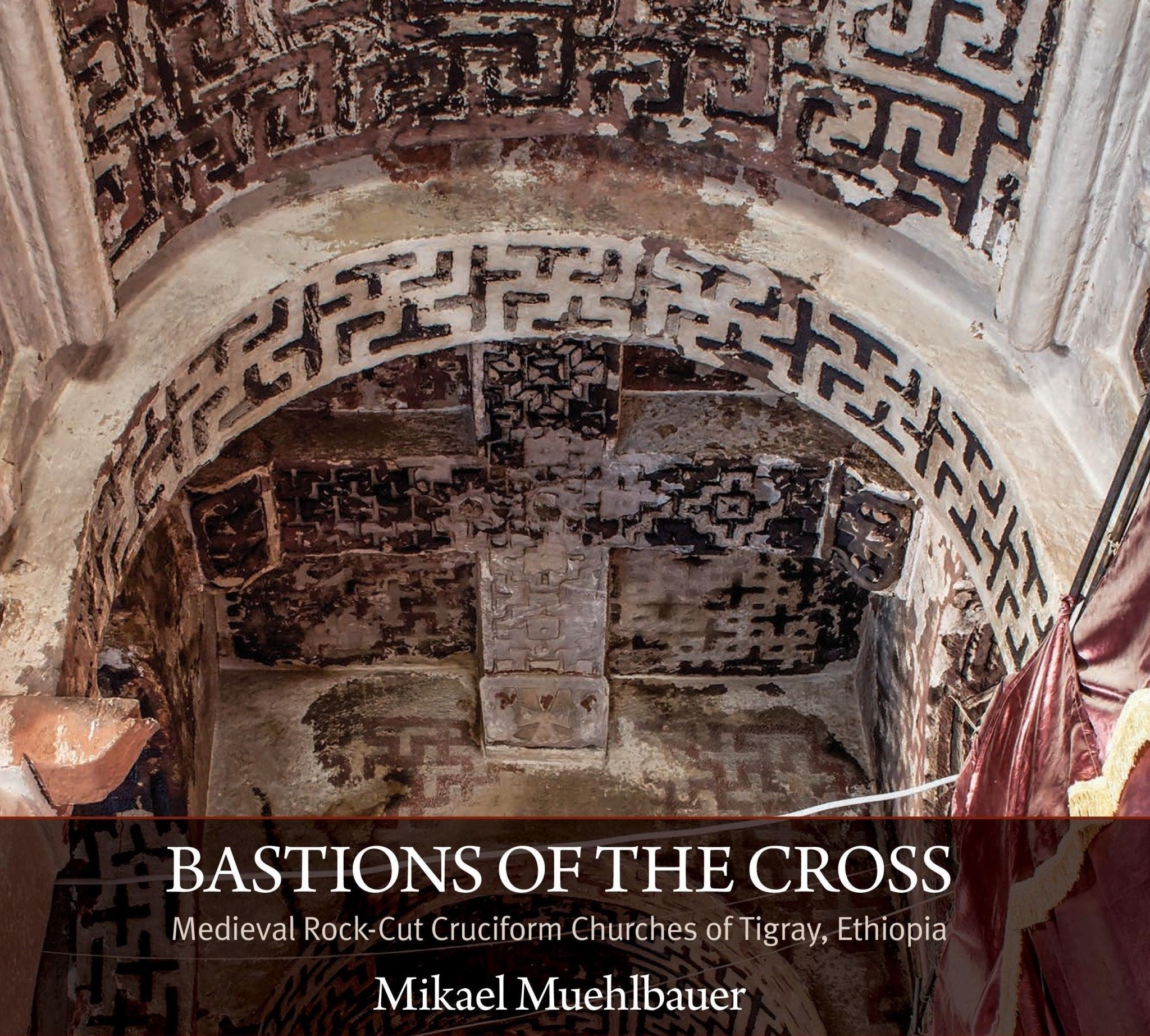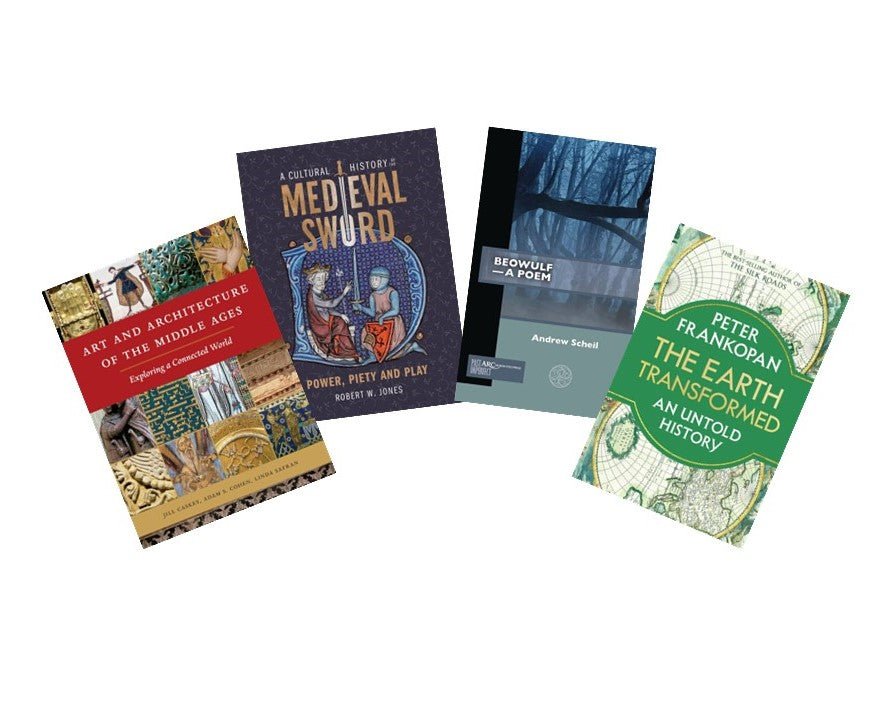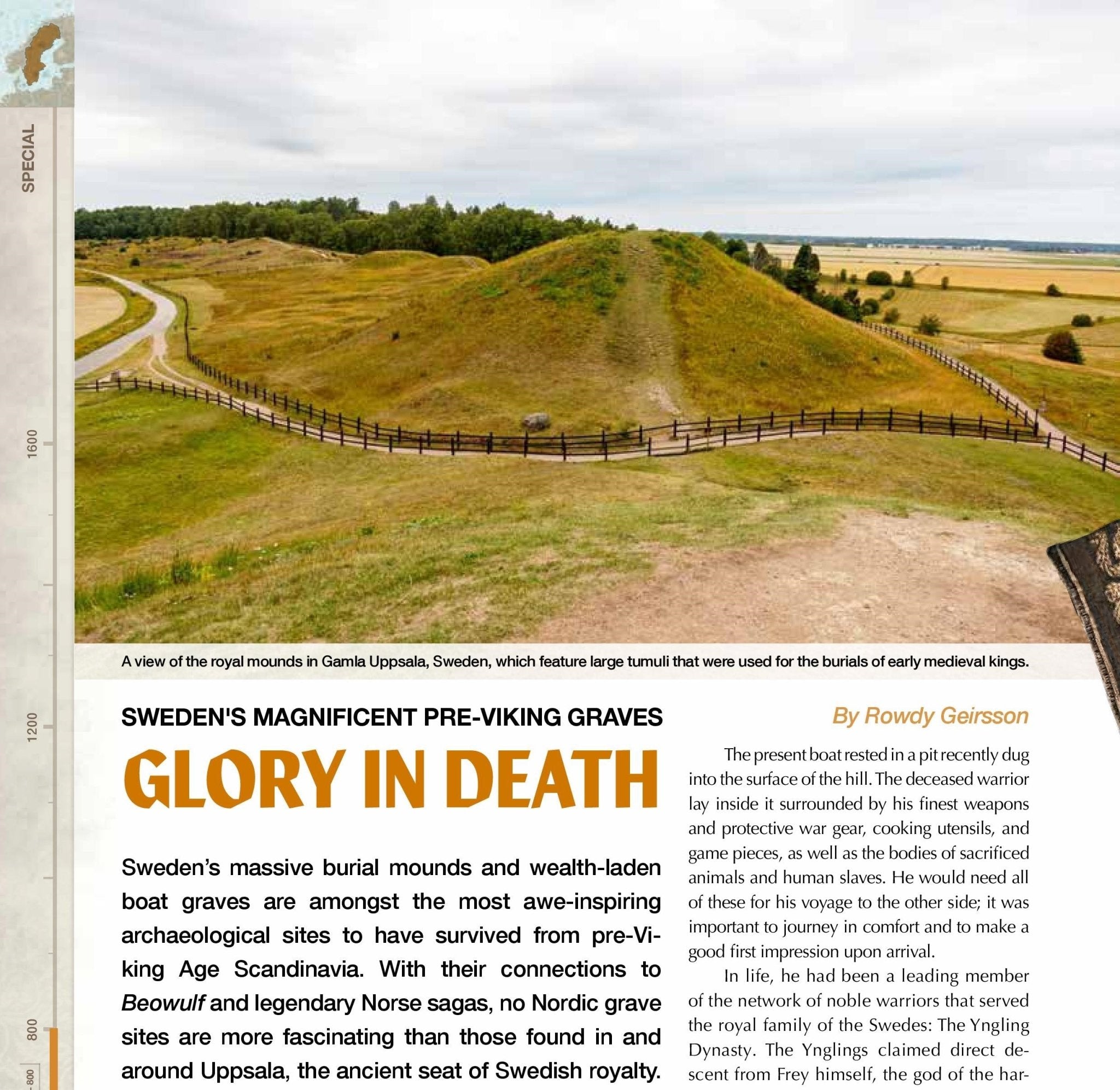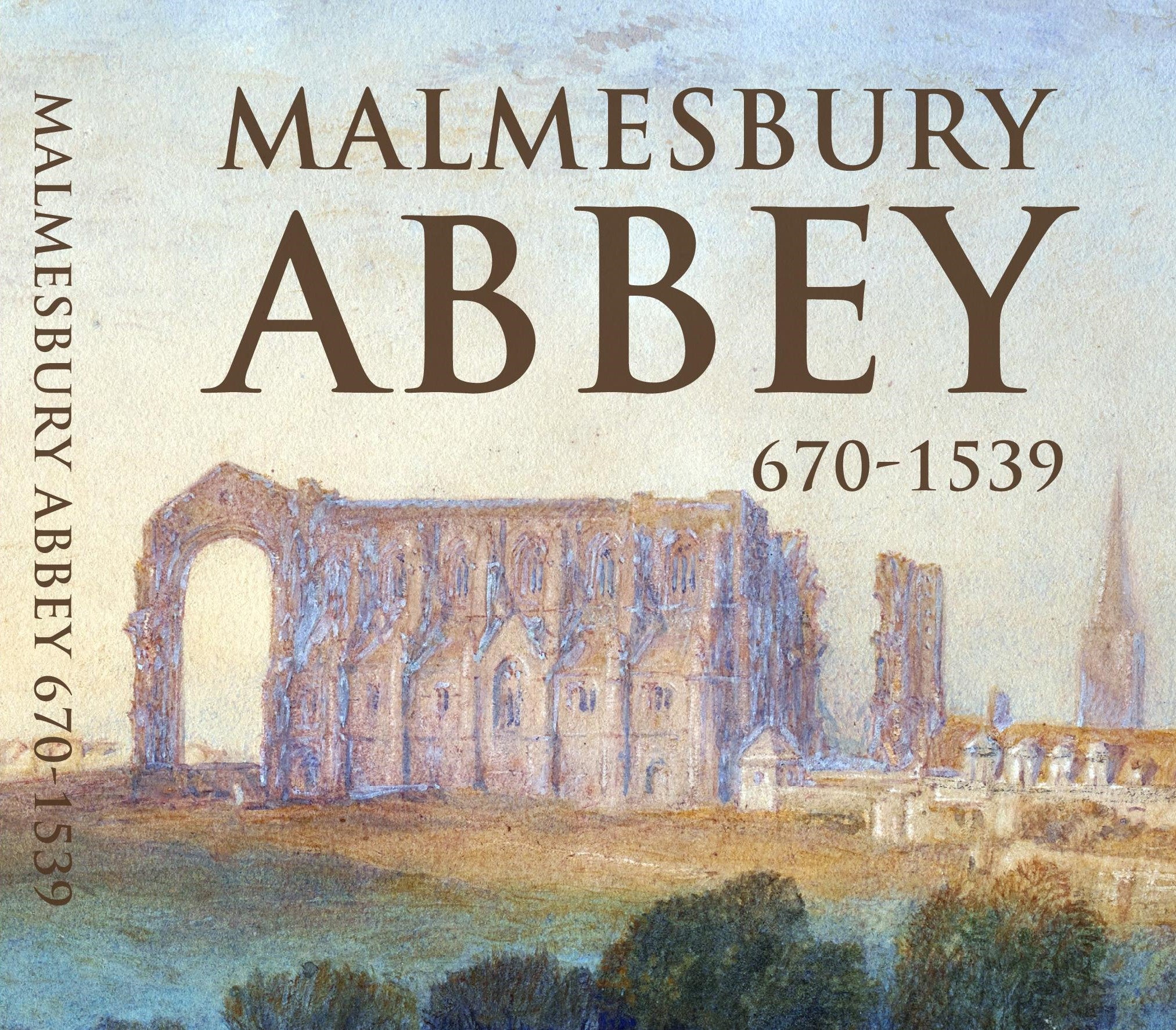Why the Norman Conquest of Ireland (still) matters
Although the distance between Great Britain and Ireland is only a dozen miles at places, it often seems that the two islands are oceans apart. They have had centuries of conflict and turmoil, which can be traced back to the Norman Conquest of Ireland.

The Early Middle Ages saw some interaction between the Irish and the Anglo-Saxon peoples, with little of it hostile. However, it seems that the Norman conquerors of England were also interested in adding Ireland to their domain. William Rufus apparently once came to the coast of Wales and looked westward to Ireland. He boasted, “for the conquest of the land, I will gather all the ships of my kingdom, and will make of them a bridge to cross over.”
While there was enthusiasm for conquering Ireland, the Norman rulers did little to prepare for any invasion. An infamous Papal Bull, issued in 1155 and apparently conferring upon Henry II the right to govern the island, has been long-debated, but even with that document in hand the English king decided against sending his armies to cross the Irish Sea.
It would be eleven years later that Dermot Mac Murragh, King of Leinster, set into motion the Norman Conquest of Ireland. As told in our latest issue of Medieval Warfare, he would arrive at the court of Henry II in the year 1166, pleading for help in restoring his lands. Katrina Ingram explains that while the English king did not offer any help, he allowed his nobles to give their support:
Dermot first went to Richard De Clare, nicknamed ‘Strongbow’ and offered him his daughter’s hand in marriage and the succession of the throne of Leinster if he would join his cause. The promise of land and a title in Ireland was too tempting for Strongbow to resist. Dermot and Strongbow did not have much trouble recruiting disgruntled nobles from the Welsh marches, who were tired of fighting the Welsh for little reward. Dermot arrived back in Leinster in August 1167 with Richard Fitzgodbert and a small band of troops.
More Anglo-Norman forces would follow this first landing as Irish kings and foreign nobles fought throughout Ireland. Events like the massacre at Waterford, where 500 Irish men were slaughtered, showed how violent and chaotic the situation was. King Henry II arrived in Ireland in 1171, hoping to impose his power on the natives as well as his own nobles, but his efforts had limited success. By the end of that decade the island was split between the remaining Irish kings and a few powerful Norman families.
In the end, the Norman Conquest of Ireland was only half-successful, and would leave the island unstable and divided. For the rest of the Middle Ages the rulers of England, who styled themselves ‘Lord of Ireland’, mostly neglected this territory, and it increasingly became a burden for them. The native Irish would remain alienated and unruly, while the Norman-turned-English colonists could be just as much of a hindrance to the homeland.
Despite centuries of rebellion and infighting, this division has persisted to today, where we have a Republic of Ireland and a Northern Ireland (which itself is part of the United Kingdom). We are less than a generation from a time when the news coming out of Northern Ireland was that of terrorism and violence that left thousands dead. While there has been relative calm for the last decade or so, the British vote to leave the European Union once again leaves Northern Ireland in a state of uncertainty.
One might think it remarkable how events from the twelfth-century, which only spanned about decade, have proved to be so fractious for Ireland for so long. Our issue on the Norman Conquest of Ireland helps to retell these gripping and sad events - if you are interested in knowing more, check out our magazine.




